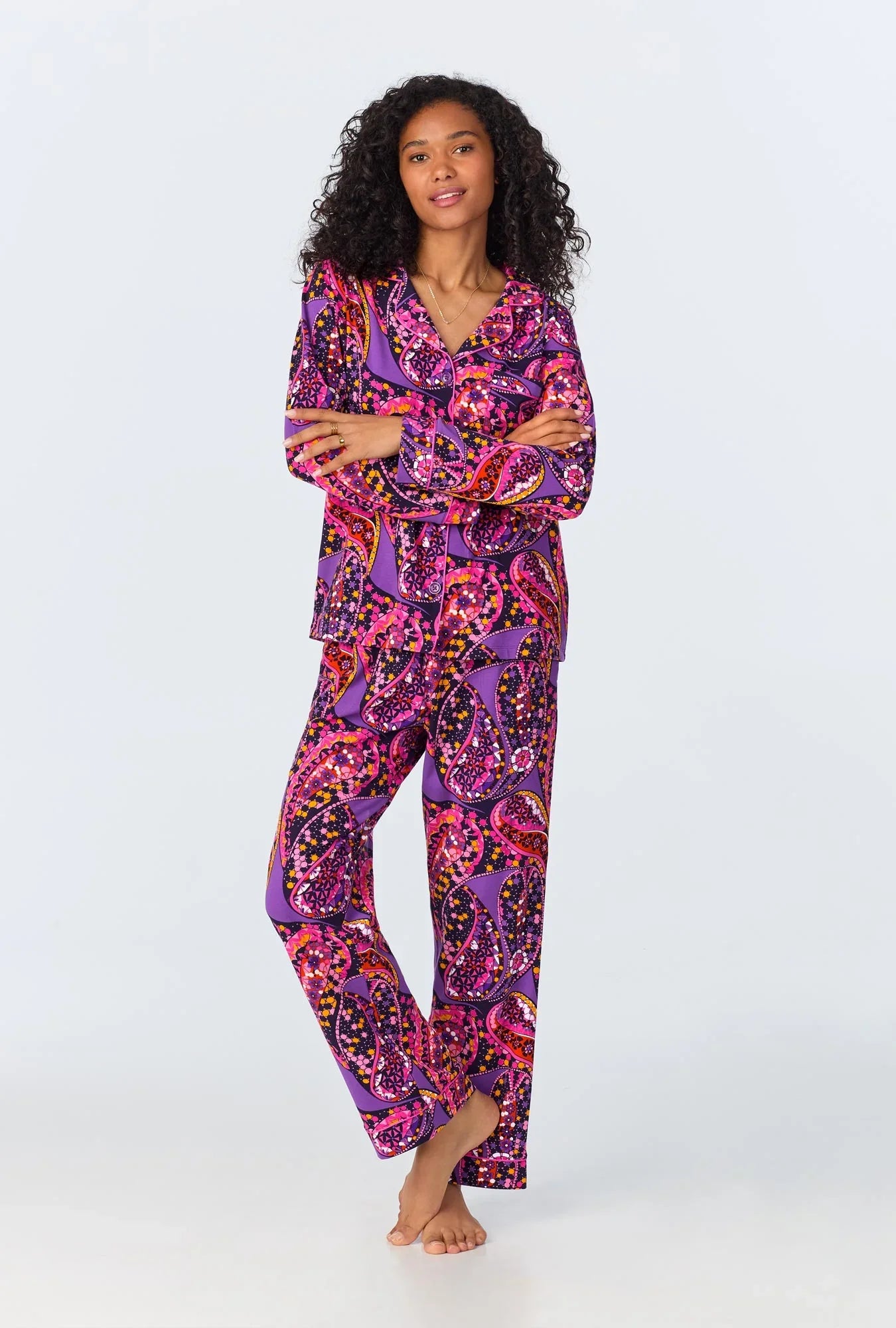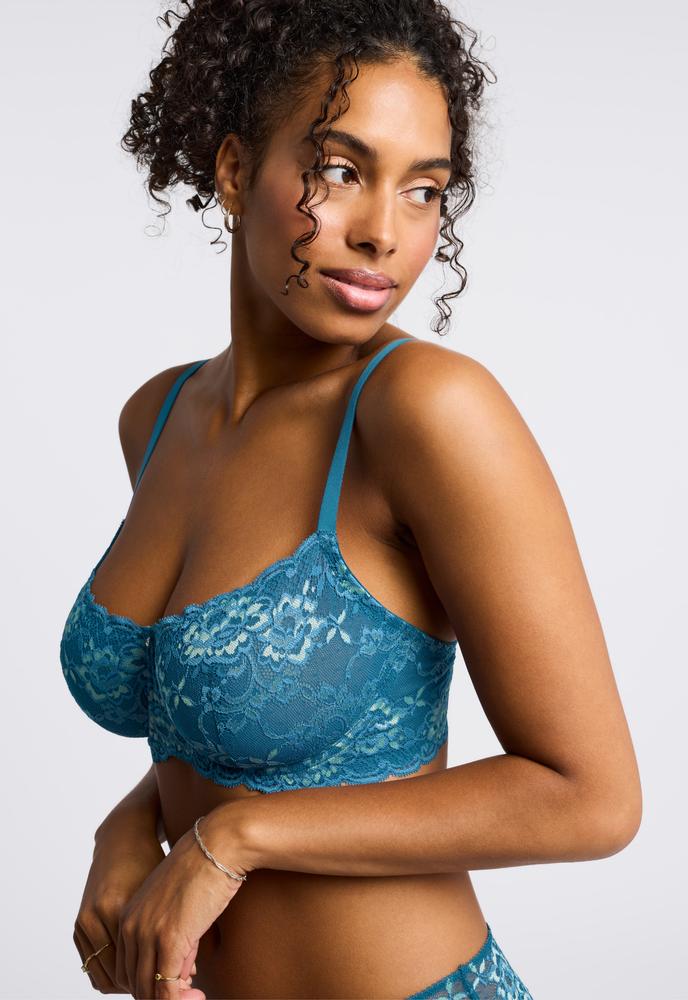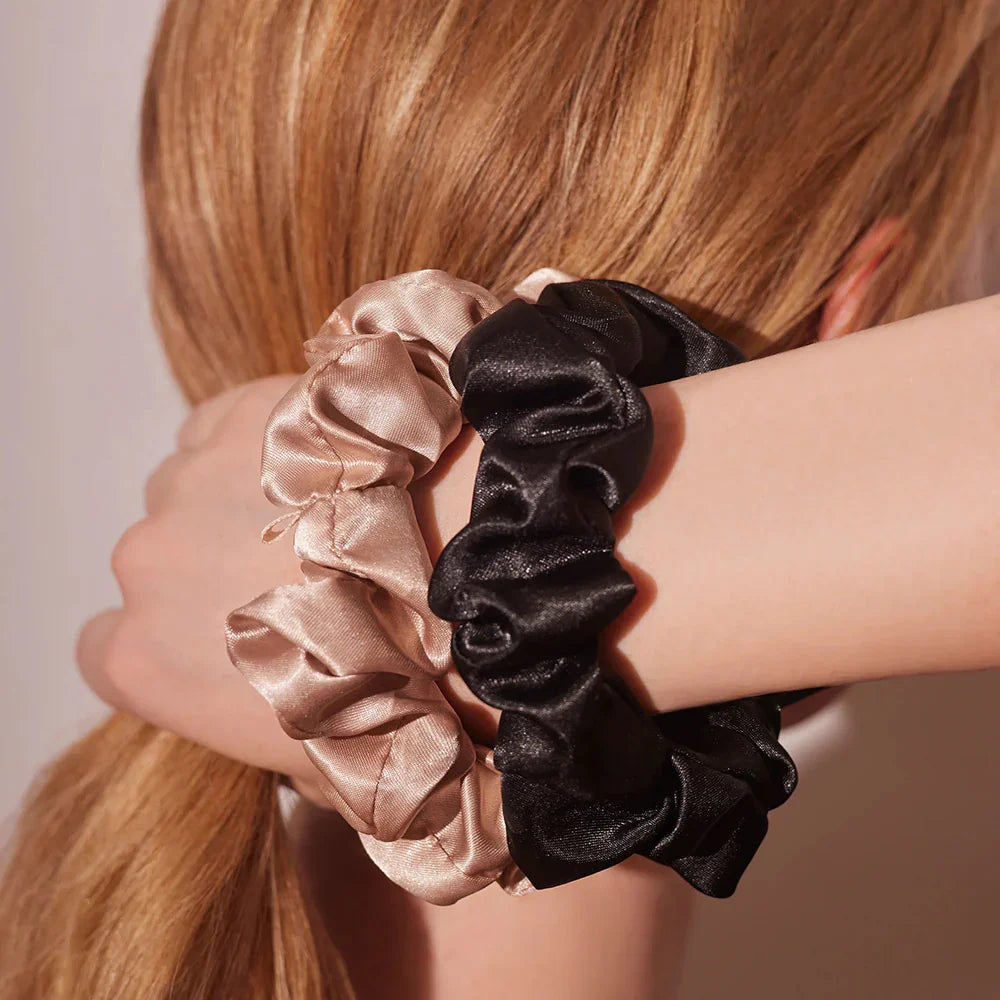The Rich History and Evolution of Paisley Pattern

Paisley, a teardrop shaped pattern, originates from ancient Persia. It has influenced South Asian textiles and Western fashion. Now, it’s a staple in modern fashion and decor. This article explores its rich history and cultural impact. The paisley pattern has ancient roots, originating from the cypress tree symbolizing life and the buta motif from the Sassanian Empire, which enriched its history. The introduction of paisley to the West by the British East India Company led to its association with luxury, influenced by notable figures like Empress Josephine and Napoleon. Today, paisley maintains its relevance in fashion and decor, with high end brands integrating modern interpretations into their collections, while also commemorated in museums focusing on its cultural significance.
The Ancient Roots of Paisley
The origins of the paisley pattern are as rich and intricate as the design itself. The cypress tree, a symbol of life and eternity in Zoroastrianism, significantly inspired the early development of the paisley design. This connection to profound symbolism laid the foundation for the motif’s enduring appeal, tracing back to its origin.
Another pivotal element in the history of paisley patterns is the buta motif, which emerged during the Sassanian Empire. These motifs, characterized by their unique, curved shapes, became a prominent feature in Persian textiles, reflecting the artistry and craftsmanship of the era. The royal textiles of this period often featured these designs, signifying elite status and luxury.
The early Indo Iranian culture also played a significant role in spreading the paisley pattern, enriching its development and securing its place in textile history. This early cross-cultural exchange set the stage for the paisley motif’s journey through South Asia and beyond.
The Journey Through South Asia
As the paisley pattern journeyed through South Asia, it left a lasting impact on the region’s textile traditions. By the 800s, the motif had appeared in Afghan Islamic culture, notably at the Noh Gumba mosque in Balkh, showcasing its early adoption and adaptation.
In Iran, paisley motifs were prominently woven onto Termeh, a highly valued silk fabrics known for its intricate designs and luxurious soft feel. The Iranian nobility’s use of decorated paisley designs on their khalat uniforms further cemented the pattern’s association with status and sophistication.
The 1400s marked a significant transition for the paisley motif, moving from Persia to Kashmir. This transition led to the creation of the famed Kashmir shawls, which became highly sought after for their exquisite craftsmanship and intricate designs. Thus, the paisley pattern entrenched itself in the rich tapestry of South Asian textile history.
Western Introduction and Popularity
Introducing the paisley pattern to the West world marked a pivotal moment in its history. The British East India Company played a key role in bringing one shawl of Kashmir shawls to England and Scotland, where they quickly became symbols of sophistication and luxury, admired by many, including the discerning tastes of the english businessman. The exquisite craftsmanship and intricate designs of these shawls captivated European society.
Figures such as Empress Josephine and Napoleon were instrumental in popularizing paisley shawls in European fashion. Their affinity for these shawls not only highlighted their personal tastes but also set trends that reverberated through the fashion world. The association of paisley shawls with wealth and status further fueled their popularity.
Paisley, a town in Scotland, emerged as a key center for producing paisley shawls, reinforcing the motif’s link to luxury and fashion. This Scottish town’s contribution to the textile industry ensured that the paisley pattern would remain a cherished design in Western fashion for generations to come.
Paisley Pattern in Fashion and Decor

The paisley pattern has a profound and enduring influence in fashion and decor. Paisley prints, characterized by vibrant, curved designs resembling kidney or teardrop shapes, have become a staple in various fashion elements, including paisley forms. Record label and Men’s fashion, in particular, has embraced paisley print, especially in ties and pocket squares, adding a touch of elegance and sophistication to formal wear.
Luxury brands like Etro and Dior have revived the paisley pattern, blending it with modern style fashion sensibilities in their latest clothing collections. These brands have reimagined the traditional motifs, infusing them with contemporary flair to appeal to today’s fashion-forward consumers.
Combining paisley with solid colors or smaller patterns can create a balanced and stylish outfit. Opting for muted paisley prints for a subtle look or bold patterns to make a strong fashion statement showcases the versatility of the paisley pattern in modern wardrobes.
Impact on Global Textile Industry
The paisley pattern has made a lasting impact on the global textile industry. The popularity of paisley shawls increased demand for Kashmiri textiles, significantly influencing the livelihoods of local weavers. This surge in demand highlighted the intricate craftsmanship and artistry of these exquisite shawl pieces, weaving together tradition and modernity.
As the paisley pattern gained traction, it spurred the development of mass production techniques, fundamentally changing the textile market landscape. These techniques allowed for the wider dissemination of printed paisley designs, making them more accessible to a broader audience.
The rise of cheaper, mass-produced alternatives eventually led to a decline in demand for traditional paisley shawls. Despite this, the legacy of the paisley pattern continues to influence contemporary textile production and design.
Iconic Paisley Moments in Pop Culture

The paisley pattern has enjoyed numerous iconic moments in popular culture, particularly within the fashion industry. The Beatles played a key role in popularizing paisley shirts and accessories during the 1960s, marking the pattern’s emergence in mainstream fashion. Their embrace of the design highlighted its versatility and appeal.
More recently, celebrities like Harry Styles and Rihanna have been spotted wearing paisley, demonstrating its enduring relevance in current fashion trends. Bella Hadid’s red paisley shirt and Sydney Sweeney’s avant-garde take on the pattern highlight its adaptability and connection to Western aesthetics.
Beyoncé and Travis Kelce have embraced the paisley trend, incorporating the pattern into their wardrobes in unique and stylish ways. From The Beatles to today’s celebrities, the continued presence of paisley in pop culture underscores its timeless appeal and versatility, with shades of brown adding depth to their looks. To learn how we value your personal information, please review our Privacy Policy.
Paisley Museums and Exhibitions

Museums and exhibitions play a vital role in preserving and showcasing the rich history of the paisley pattern. The Victoria and Albert Museum features significant collections and exhibitions related to the history and design of paisley. These collections offer visitors a glimpse into the intricate art and cultural significance of the motif.
The Paisley Museum in Scotland, currently undergoing renovation, aims to celebrate the town’s rich history, particularly its contributions to textiles and the iconic paisley pattern in the city. The enhanced textile museum will increase gallery space by 26%, allowing for a more comprehensive display of paisley textiles and artifacts.
The renovated museum will also feature digital displays and community spaces, engaging visitors with the local textile heritage and the legacy of paisley design. This revitalized centre will serve as a key destination for exploring the cultural significance and heritage of paisley designs.
Modern Interpretations and Trends
Despite fluctuations in popularity, the paisley pattern remains a significant influence in contemporary fashion and textiles. High-end brands like Gucci and Burberry continue to feature paisley designs in their collections, celebrating the motif’s timeless appeal and versatility.
Contemporary interpretations of paisley often blend vibrant colour and retro styles, making it a favorite for fashionable, fashion-forward designs. These modern takes on the traditional motif ensure that paisley remains relevant and cherished in the ever-evolving world of fashion.
The paisley pattern’s enduring presence in high-end fashion collections, from Saint Laurent to Dolce & Gabbana, highlights its status symbol of elegance and sophistication. This continued celebration of paisley designs underscores its lasting impact on the fashion industry.
Summary
The journey of the paisley pattern from ancient Persia to contemporary fashion runways is a testament to its timeless appeal and cultural significance. From its symbolic roots in the cypress tree to its adoption by high-end fashion brands, paisley has woven a rich tapestry of history and artistry.
As we continue to see modern interpretations and trends, the paisley pattern remains a beloved and influential design, inspiring designers and captivating fashion enthusiasts around the world. Its legacy is a celebration of cultural exchange, artistic innovation, and enduring elegance.
Frequently Asked Questions
What is the origin of the paisley pattern?
The paisley pattern has its origins in ancient Persia, influenced by motifs from the cypress tree and the buta design during the Sasanian Empire. This rich history contributes to its enduring appeal in textiles today.
How did the paisley pattern spread to South Asia?
The paisley pattern spread to South Asia primarily through early Iranian cultural influences, notably within Afghan Islamic culture and Kashmiri textiles, during the 1400s. This cross-cultural exchange significantly contributed to the pattern's prominence in the region.
How did the British East India Company influence the popularity of paisley in the West?
The British East India Company significantly influenced the popularity of paisley in the West by introducing Kashmir shawls, which became fashionable symbols of sophistication in European society. This exposure led to the paisley pattern gaining prominence in Western fashion.
What role do museums play in preserving the history of the paisley pattern?
Museums, such as the Victoria and Albert Museum and the Paisley Museum, play a crucial role in preserving the history of the paisley pattern by showcasing collections and exhibitions that emphasize its historical and cultural significance. This not only educates the public but also ensures the longevity of the pattern's heritage.
How is the paisley pattern interpreted in modern fashion?
The paisley pattern is now seen in modern fashion as a vibrant fusion of retro styles, prominently incorporated by high-end brands such as Gucci and Burberry in their contemporary collections. This reflects a renewed appreciation for classic designs in today's fashion landscape.


